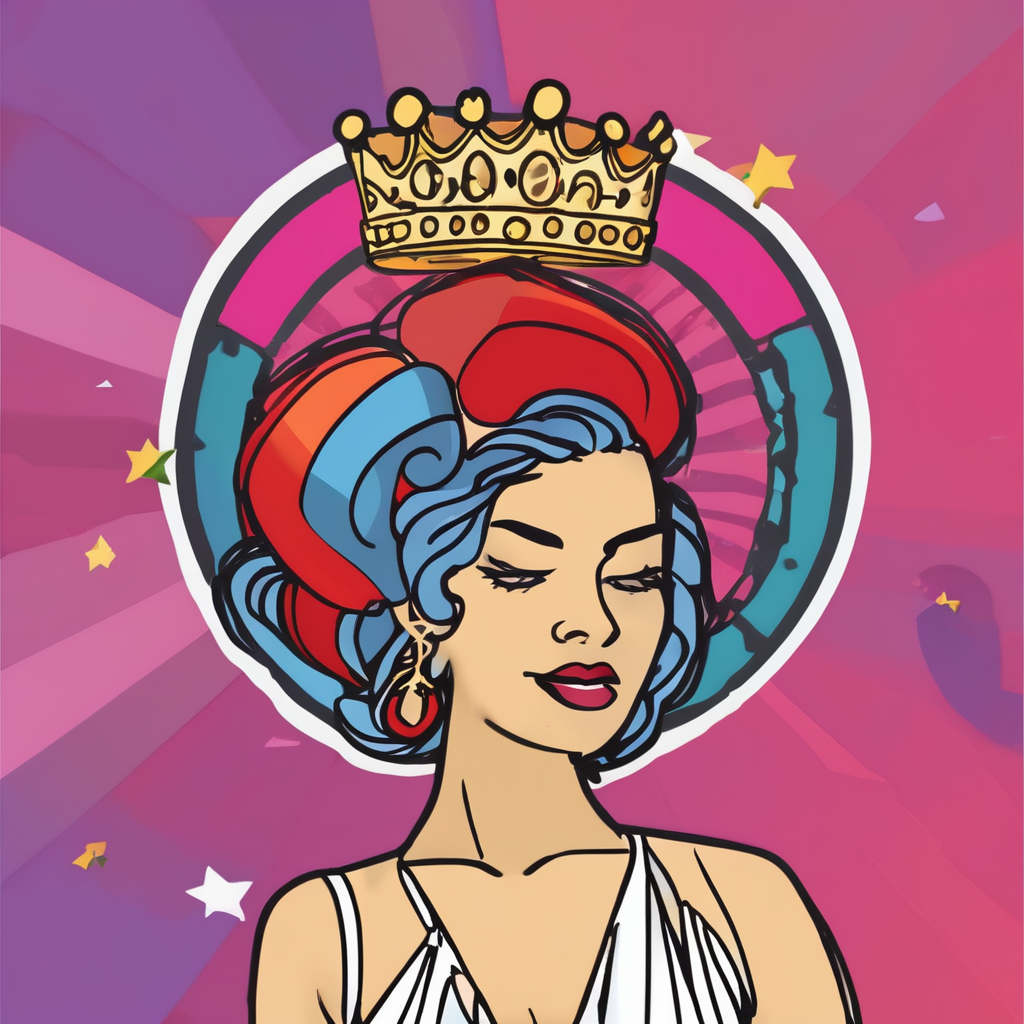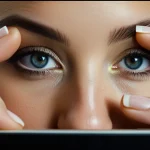Chronological Overview of Stereotyping in UK Media
The UK media history reveals a complex evolution of stereotypes spanning over a century. Early 20th-century portrayals often relied on simplistic and exaggerated images, reflecting prevailing social attitudes. Through the decades, the media stereotypes timeline illustrates notable shifts in both the nature and targets of stereotypical representation. For example, media during and after World War II presented altered narratives around patriotism and social roles, marking a significant transformation in stereotype portrayal.
By the mid-century, representations began to diversify but often perpetuated stereotype evolution UK tied to class and ethnicity. The 1960s and 70s introduced more dynamic characters yet still fell into gender and racial clichés. Progress in later decades showed increasing awareness of harmful stereotypes, partly fueled by changing societal values and activism, which influenced media content.
In the same genre : How are UK citizens responding to recent environmental policies?
Crucial milestones such as the introduction of new broadcasting standards and growing public scrutiny helped reshape media imagery. The timeline reflects a gradual but ongoing move from fixed, monolithic portrayals toward more nuanced depictions. Nonetheless, some stereotypes persisted or morphed, underscoring the continuous challenge the UK media faces in balancing tradition with evolving cultural identity.
Historical Milestones Influencing Stereotypes
Significant legislation and UK media policy have profoundly shaped the trajectory of stereotype evolution. For instance, the post-WWII era marked a turning point as increasing public demand for fairer representation coincided with more structured media regulation. The introduction of laws such as the Equality Acts aimed to reduce discriminatory content and promote balanced portrayals across race, gender, and class.
In parallel : How is the UK addressing misinformation in the media?
Cultural movements, including civil rights campaigns and immigration waves, brought new dimensions to UK media policy. These influenced shifts in content guidelines that sought to limit harmful stereotypes and encourage diversity. For example, the expansion of broadcasting oversight bodies reinforced standards that challenged entrenched biases within media output.
Key representation milestones include government-led inquiries and regulatory changes that directly impacted how groups were depicted. These interventions often coincided with wider social changes, linking the media stereotypes timeline to evolving public attitudes. Media outlets adjusted their narratives in response, reflecting growing sensitivity and awareness fostered by these policy shifts.
Ultimately, historical milestones in UK media policy demonstrate a clear cause-and-effect relationship with stereotype evolution, underscoring the critical role of legislation and cultural context in shaping media portrayals over time.
Evolution of Stereotyping by Group
Stereotyping in UK media has evolved distinctly across race in media UK, gender, and class dimensions. From the mid-20th century, portrayals of ethnic minorities shifted from highly limited and often prejudiced depictions to more varied, though sometimes stereotyped, representations. While early UK media confined many racial groups to narrow, often negative roles, gradual changes reflected broader social movements pushing for equality and inclusion.
Gender stereotypes UK similarly transformed over the decades. Traditional media roles often cast women in domestic or subordinate positions, reinforcing outdated norms. Over time, more complex and empowered female characters emerged, yet some clichés persist. Male stereotypes also adapted, moving away from rigid masculinity though often retaining certain cultural expectations.
Class in UK media has been a consistent theme reflecting social stratification. Class-based stereotypes frequently portrayed working-class individuals in simplistic or comedic ways, while upper classes appeared privileged and detached. These portrayals evolved with changing societal attitudes but still influence perceptions today.
Together, these shifts illustrate ongoing stereotype evolution UK, highlighting progress but also areas where media continues to grapple with fair and accurate representation. Recognizing these patterns helps audiences critically engage with current media content and its cultural implications.
Notable Media Studies and Landmark Cases
Media research UK has extensively examined the persistence and transformation of stereotypes, revealing how ingrained biases shape public perception. Academic studies consistently identify recurring themes in UK media, such as racial othering, gendered roles, and class-based caricatures. These analyses use content analysis and audience reception methods to pinpoint not just what stereotypes exist but their real-world impact.
Notable stereotype cases in UK media often spark public debate and influence regulatory responses. For example, controversial portrayals that reinforce racial or gender stereotypes have led to complaints upheld by broadcasting authorities, showing the direct link between media content and stereotype evolution UK. Such cases highlight media’s power to either entrench or challenge societal biases.
Furthermore, landmark court rulings and regulatory decisions have established precedents on acceptable standards for representation. These legal interventions align with UK media policy aiming to promote diversity and reduce harmful stereotyping. Through case-by-case scrutiny, media outlets are pushed toward more responsible depictions, contributing to gradual change in the media stereotypes timeline.
Together, research findings and landmark cases underscore the crucial role of sustained oversight in shaping fairer media portrayals across race, gender, and class dimensions, reflecting the ongoing stereotype evolution UK.
Contemporary Trends and Ongoing Challenges
Modern media stereotypes UK reflect both progress and persistent obstacles in diverse representation. As diversity in UK media grows, new portrayals emerge, but some groups remain underrepresented or mischaracterised. For example, intersectional identities—such as ethnic minority women or disabled individuals—often face limited visibility or simplified narratives, perpetuating subtle biases.
Digital and social media now play a pivotal role in shaping public discourse and media content. Platforms enable marginalized voices to challenge stereotypes directly, fostering broader awareness and dialogues about fair representation. However, they also risk reinforcing stereotypes through algorithm-driven echo chambers that amplify familiar tropes.
Current challenges in media diversity include balancing cultural authenticity with commercial appeal and avoiding tokenism. Despite strides in inclusivity, debates continue about how best to represent complex identities without resorting to clichés or oversimplification.
Understanding these ongoing issues in modern media stereotypes UK encourages audiences to critically evaluate media portrayals. It also highlights the importance of sustained efforts by creators, regulators, and viewers alike to promote nuanced, accurate representation that reflects the UK’s rich social fabric.




